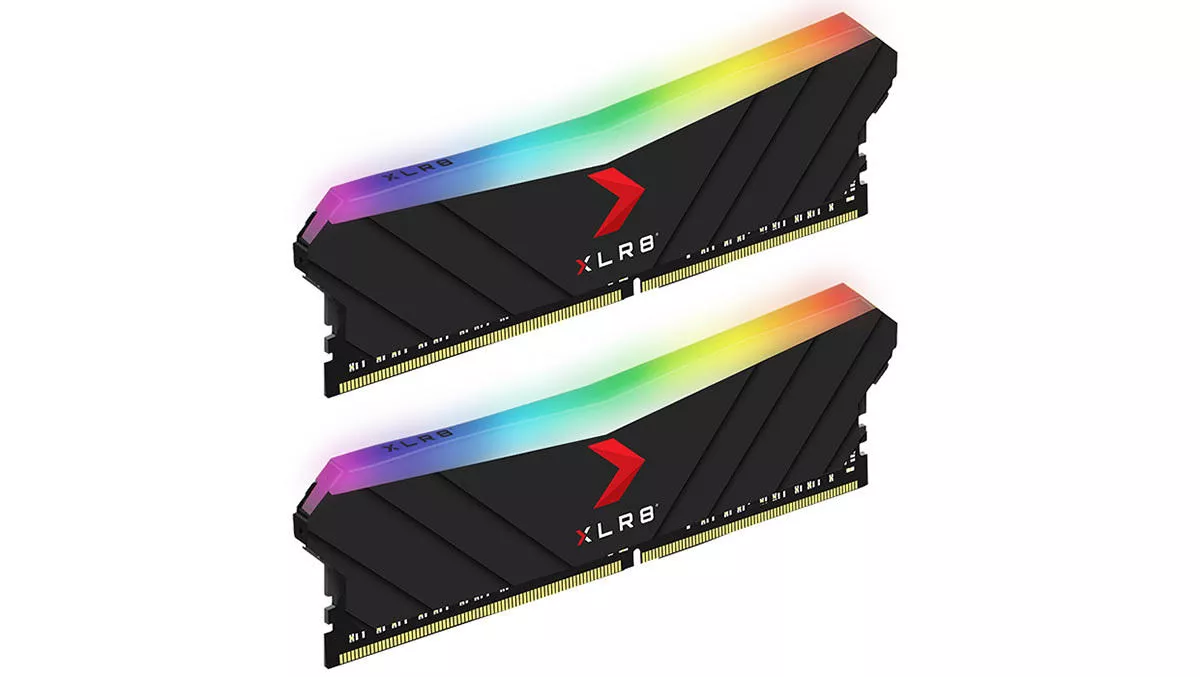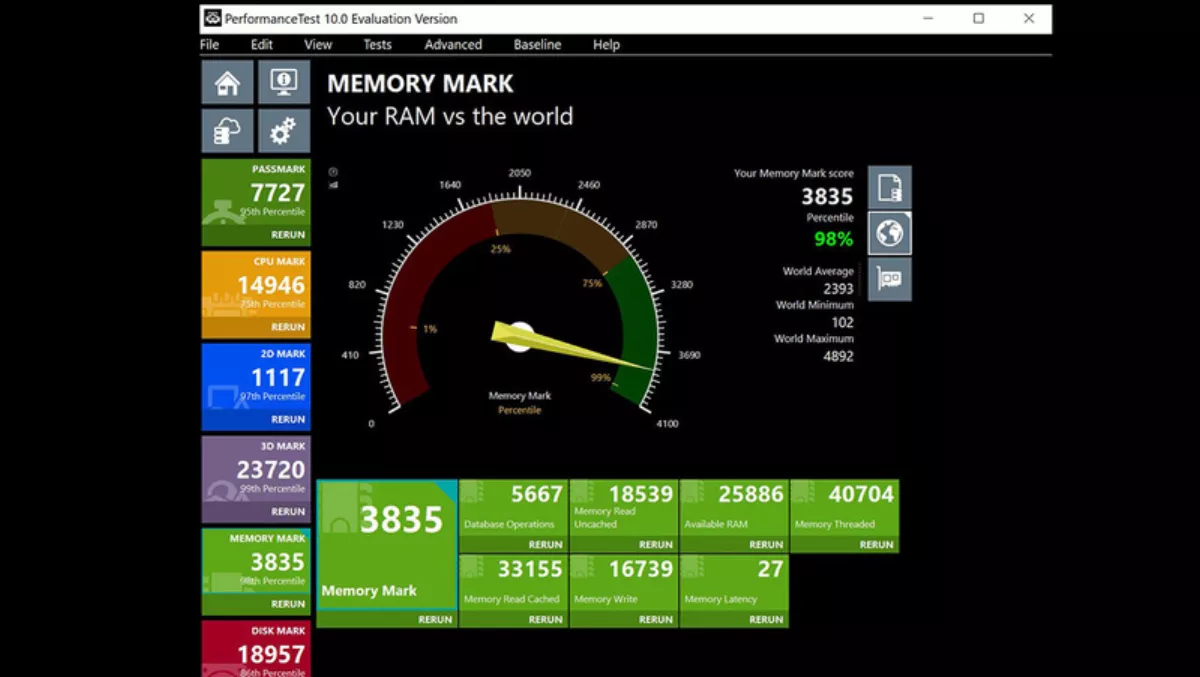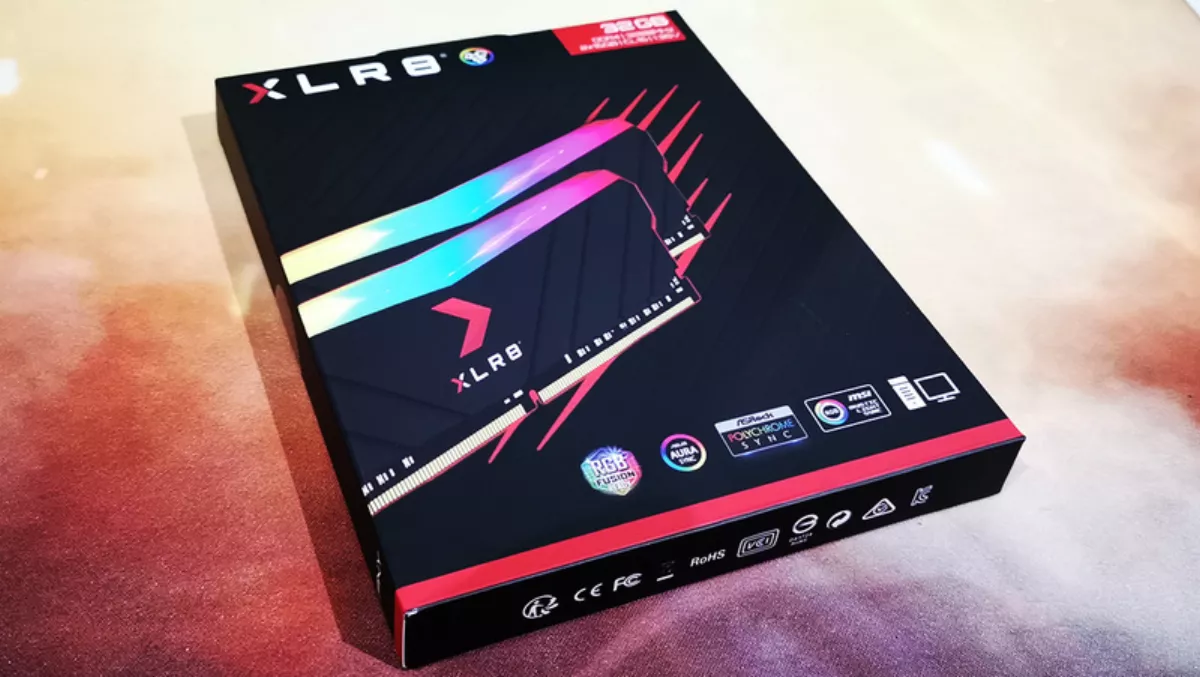
Hands-on review: PNY XLR8 RGB 3200MHz DDR4 memory
The importance of memory in a PC system really can't be overstated. Most PC performance issues are down to having insufficient memory to carry out the tasks required of it. There are a number of things to consider when purchasing memory.
99% of desktop PCs will be running with DDR4 memory. The best PCs will be running that memory at the factory overclocked settings enabled by Intel's Extreme Memory Profile (XMP). This enables users to get the most out of their memory investment.
To avoid data being temporarily stored on slower hard drives during use, it is important to select the right amount of memory dependent on use. Whilst today's games should be OK with 16GB of memory, things are getting close.
If you start video editing or even cleaning up photos, you'll want to have enough memory to avoid slowing the PC as it writes to the hard drive. This is why 32GB of memory is really considered the optimal amount of RAM for mid to high-end use. If you work with large 3D models or huge images, more than 32GB may be necessary, but for the most part the next level up, 64GB, is overkill.
Modern gaming rigs usually come with a clear panel to show off the components inside. It's not uncommon, nowadays, for fans, graphics cards, coolers and even motherboards to have RGB lighting that can all be co-ordinated for an impressive-looking display. DDR4 memory has joined the party and adds to the PC case RGB extravaganza.
PNY's XLR8 RGB memory ticks all the boxes that a decerning PC user requires. The memory is compatible with speeds from 2133MHz all the way up to 3200MHz using XMP 2.0. 3200MHz is a stable overclock settings that the memory is designed to run at with a CAS latency of 16, which is not bad at all.
We were sent a 32GB kit of PNY's XLR8 RGB memory, 2x16GB dual-channel modules, which left space in the motherboard for a potential upgrade in the future. My recommendation is, however, that you buy the amount of memory you require in one hit, as memory doesn't always like being mixed and matched - even if it is the same type. Different batches and revisions of the same modules do not always play well together.
3200MHz DDR4 uses Intel's XMP 2.0 to run at top speed. Just inserting the RAM in your motherboard will not automatically set the PC to run the memory at 3200MHz. After insertion, XMP 2.0 needs to be switched on in the UEFI/BIOS settings which are usually accessed by pressing delete as the computer starts (check your motherboard manual).
The PNY memory runs with memory timings of 16-18-18-36 @1.35v using the XMP 2.0 profile. The CAS latency being 16 clocks. Would have been good to see 15, but this is still pretty fast.
Testing the memory with Performance Test, the Memory Test score was in the 98%-tile range, making it one the fastest memory kits tested using the app. The un-cached read speed is 18539 MB/s and the write speed 16739 MB/s (92 and 99%-tile respectively).

The memory modules each have an RGB strip on the top to provide lighting that complements your other RGB components or for producing a light show on its own. The memory supports Gigabyte's RGB Fusion, Asus AuraSync, ASRock PolyChrome Synch and MSI Mystic Light Sync. This means lots of nice synchronised lighting in your case. Very nice.
PNY's XLR8 RGB 3200MHz DDR4 performs well and, at around NZ$280/AU$210 for 32GB, offers pretty good bang for your buck.



